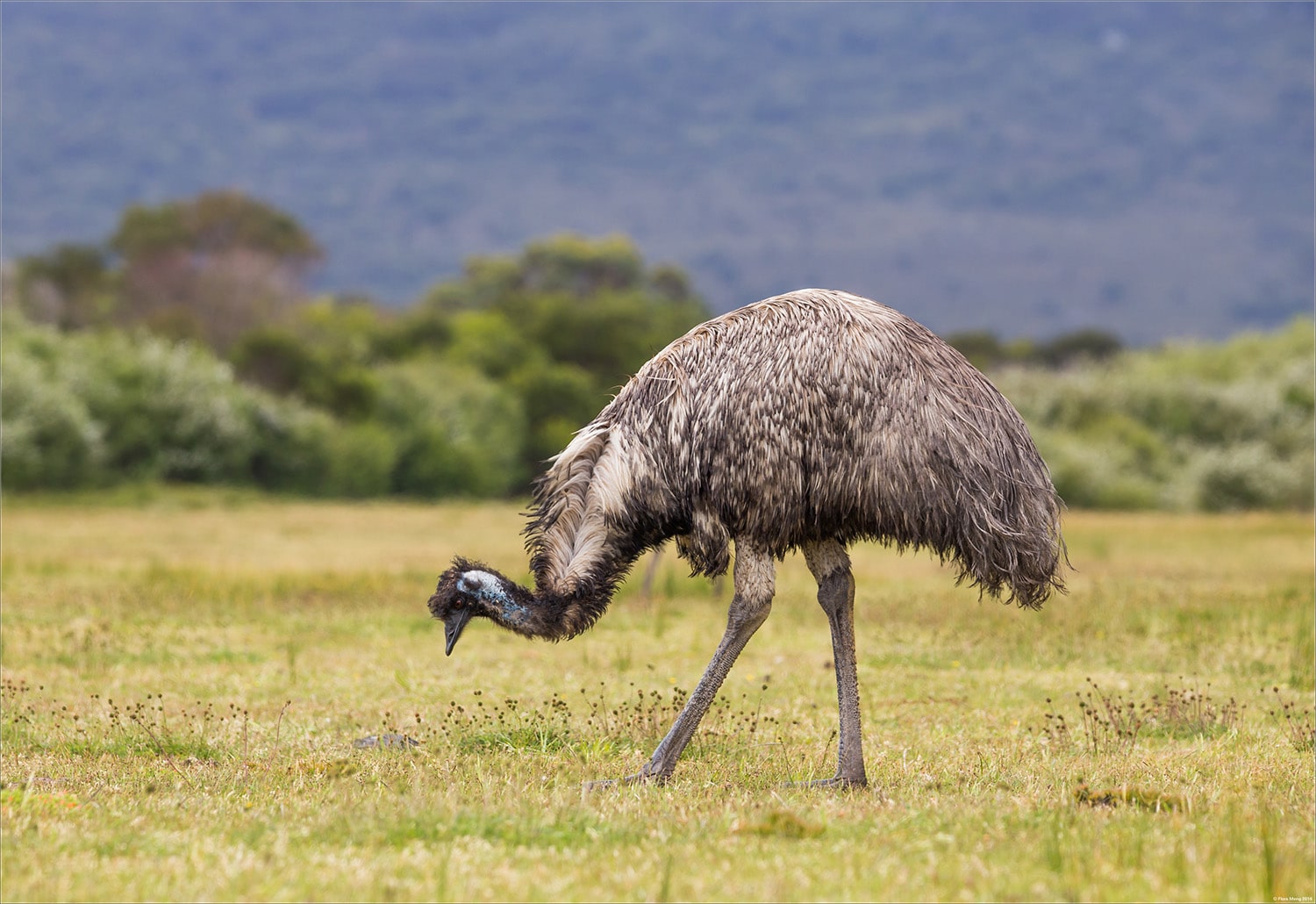
28 interesting facts about emus
- 👁️ 279
Emus are among the most fascinating and distinctive birds on the planet, native to Australia. These large, flightless birds are known for their unique appearance, curious behaviors, and significant role in Australian ecology and culture. Emus are the second-largest living birds by height, after their close relative, the ostrich. Despite their inability to fly, emus are highly adaptable and can thrive in various Australian environments, from arid deserts to dense forests. Their presence in Australia is emblematic, making them an integral part of the continent’s biodiversity and cultural heritage. Here are 28 interesting and informative facts about emus that highlight their unique characteristics and the intriguing aspects of their lives.
- Emus are the largest birds native to Australia.
- They can reach up to 6 feet (1.8 meters) in height and weigh between 66 to 100 pounds (30 to 45 kilograms).
- Emus have long, powerful legs that allow them to run at speeds of up to 30 miles per hour (48 kilometers per hour).
- The emu’s diet is omnivorous, including plants, insects, fruits, and flowers.
- Emus are known for their large, dark green eggs, which are among the largest of any bird species.
- Male emus are responsible for incubating the eggs, which takes about eight weeks.
- During the incubation period, male emus hardly eat, drink, or leave the nest.
- Emus have a distinctive pouch in their throats, which they inflate to produce deep, drumming sounds.
- They are highly curious and are known to approach humans and other animals.
- Emus cannot fly; their small wings are used for balance and cooling.
- They have double-plumed feathers, giving them a soft and shaggy appearance.
- Emus have excellent eyesight and hearing, which help them detect predators.
- Their main predators include dingoes, eagles, and hawks.
- Emus are known to swim and are quite proficient in water.
- They can travel great distances to find food and water, making them nomadic by nature.
- The emu is featured on the Australian coat of arms, alongside the kangaroo, symbolizing forward movement.
- Emus have a life expectancy of about 10 to 20 years in the wild.
- Their strong legs are not just for running; they can deliver powerful kicks to defend against threats.
- The oil extracted from emu fat is used in cosmetics and therapeutic products.
- Emu feathers were traditionally used by Indigenous Australians to make ornaments and ceremonial attire.
- Emus are known to form pairs during the breeding season, but they are generally solitary or form loose flocks.
- The species has a remarkable ability to survive extreme temperatures, both hot and cold.
- Emus were once found on Tasmania, but they are now considered extinct in the region.
- The emu’s scientific name is Dromaius novaehollandiae.
- They consume pebbles and small stones to help grind up food in their digestive system.
- Emus were involved in the “Emu War” of 1932, where Australian farmers and the military attempted to reduce their numbers due to crop damage.
- They have a complex mating dance involving foot thumping, wing flapping, and grunting.
- Emu chicks are born with striped plumage, which provides camouflage from predators.
Emus are not just an emblem of Australian wildlife but are creatures of remarkable adaptation and survival. Their unique features, from their towering height and impressive speed to their role in the ecosystem and cultural significance, make them a subject of endless fascination. Despite their size, emus maintain a graceful existence in the diverse landscapes of Australia, contributing to the country’s natural heritage and biodiversity. The intriguing life of the emu underscores the wonder of the animal kingdom and the importance of preserving such unique species for future generations.
Emus are among the most fascinating and distinctive birds on the planet, native to Australia. These large, flightless birds are known for their unique appearance, curious behaviors, and significant role in Australian ecology and culture. Emus are the second-largest living birds by height, after their close relative, the ostrich. Despite…